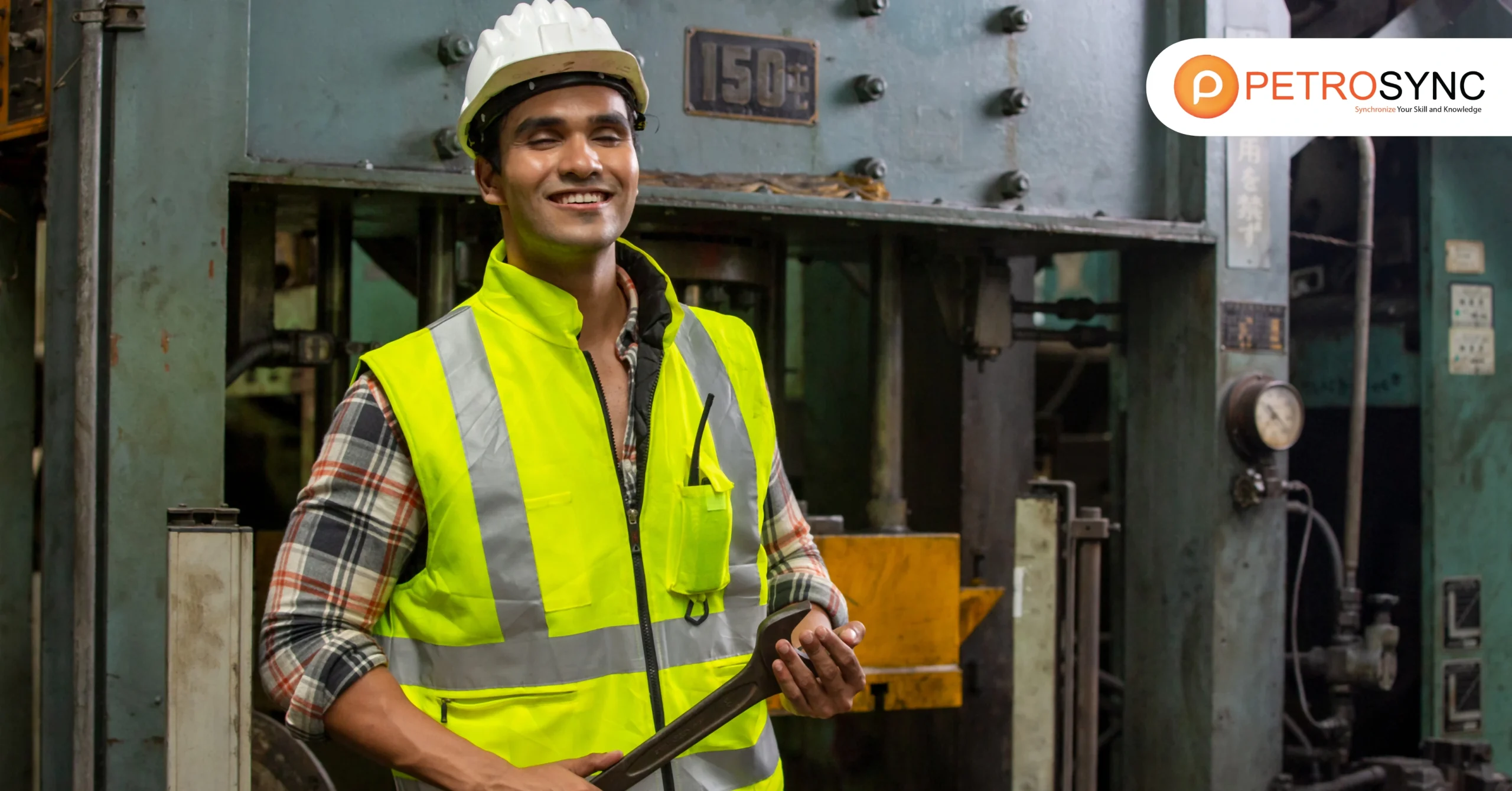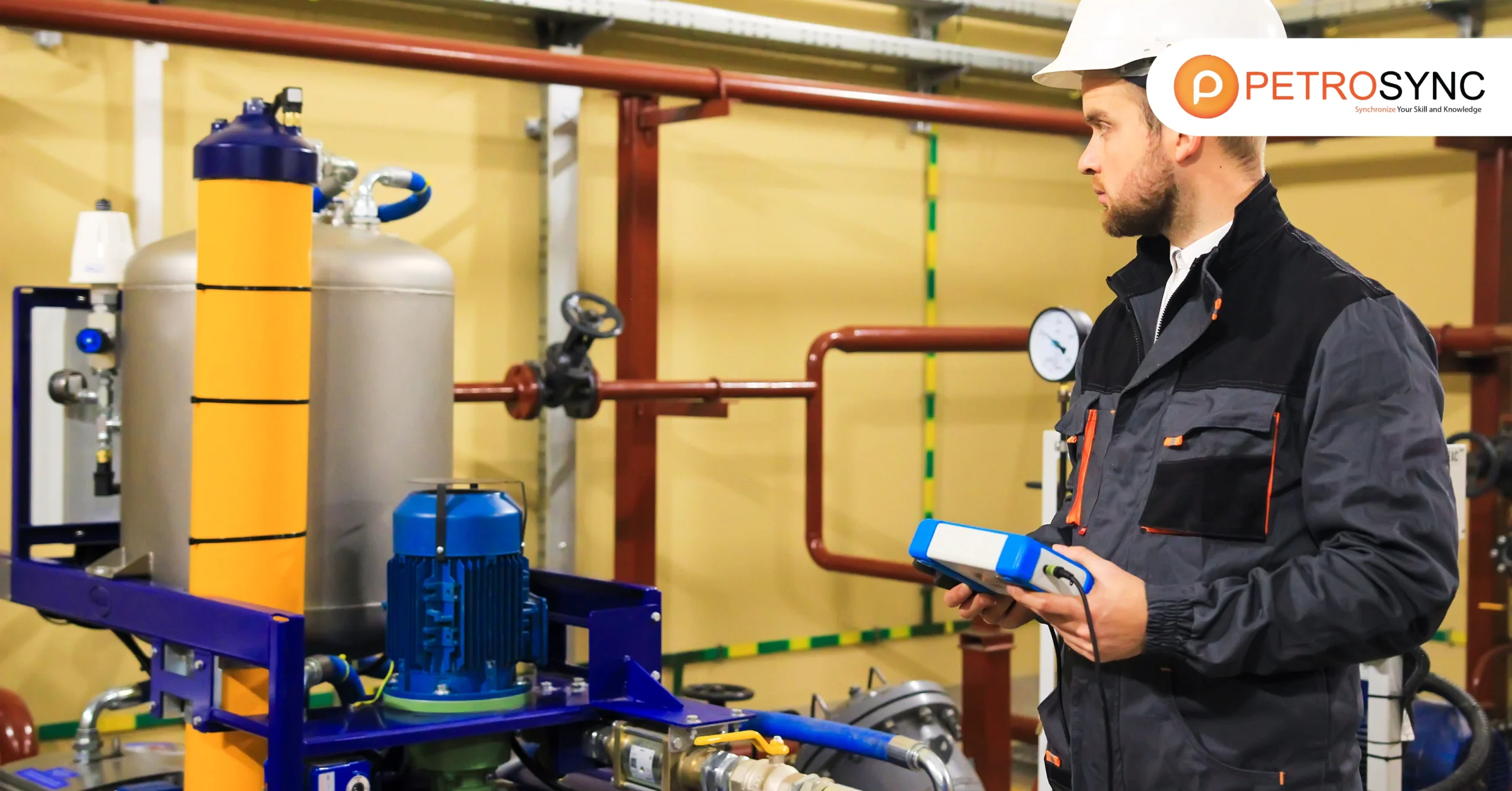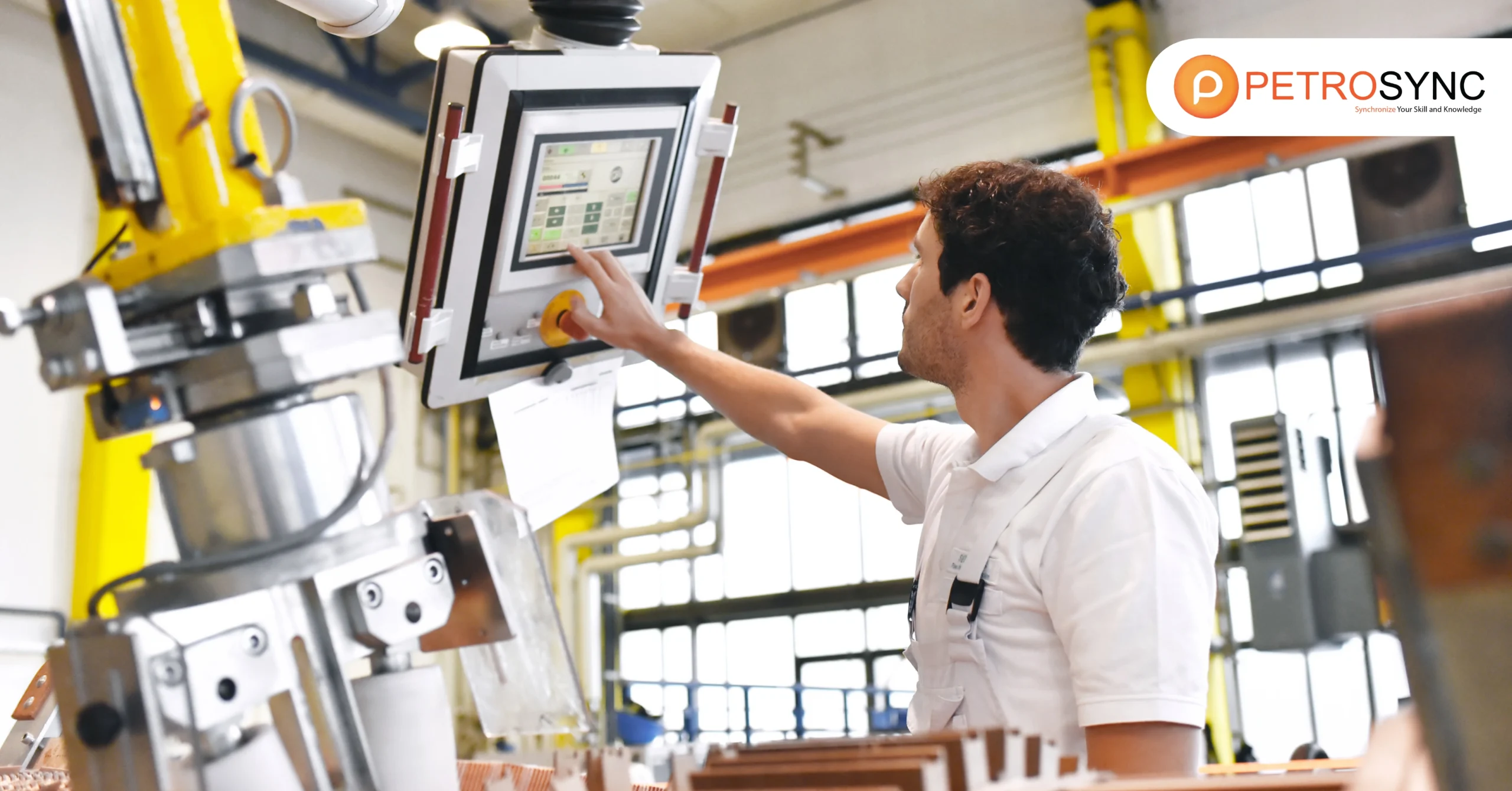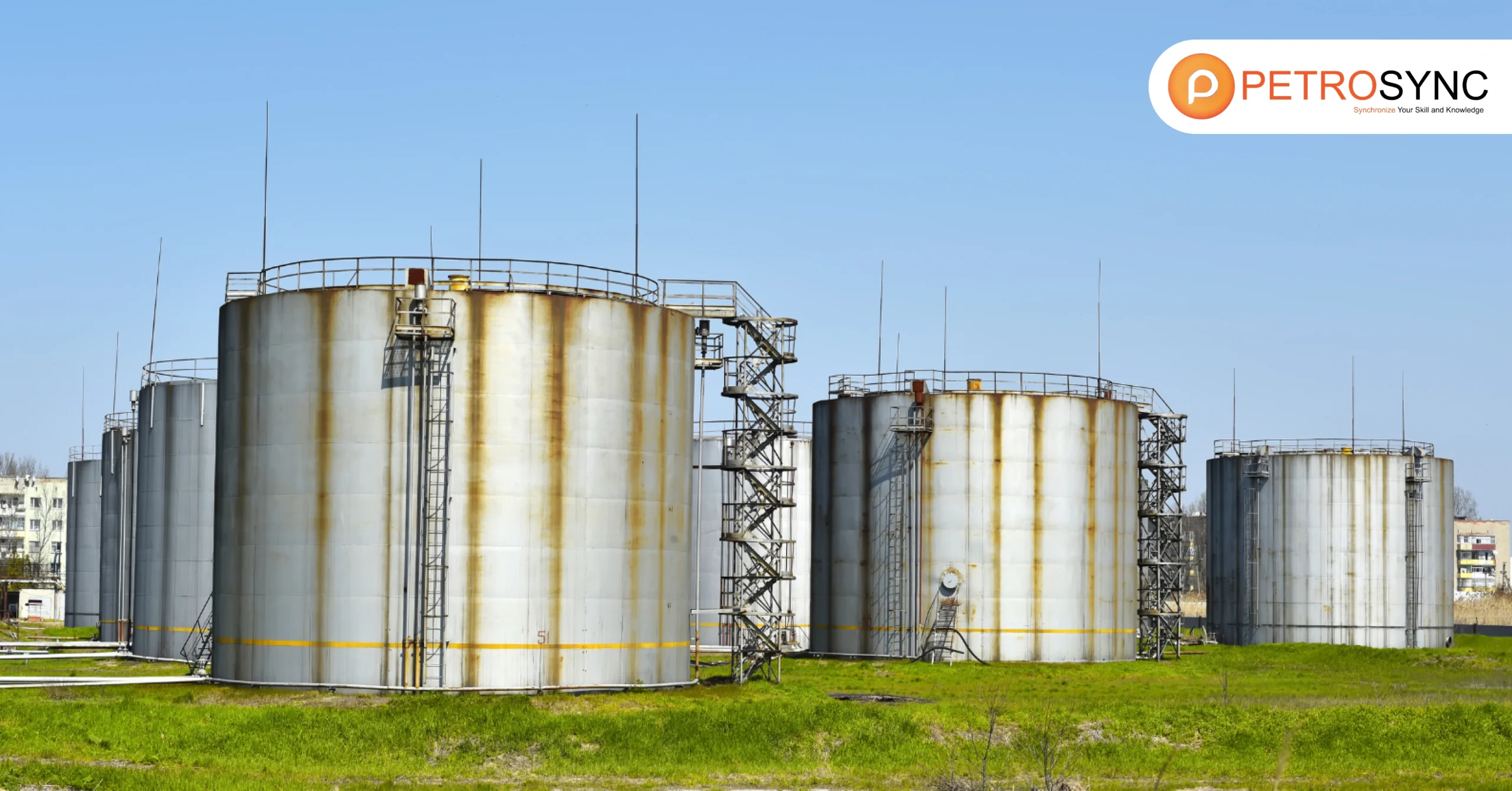In the world of managing assets, visual inspection plays a crucial role. It involves closely looking at equipment, structures, or parts without any special tools. This hands-on approach helps spot potential issues, defects, or irregularities early on, preventing bigger problems. We will explore techniques making visual inspection vital for maintaining industrial assets’ reliability and longevity.
What Is Visual Inspection?
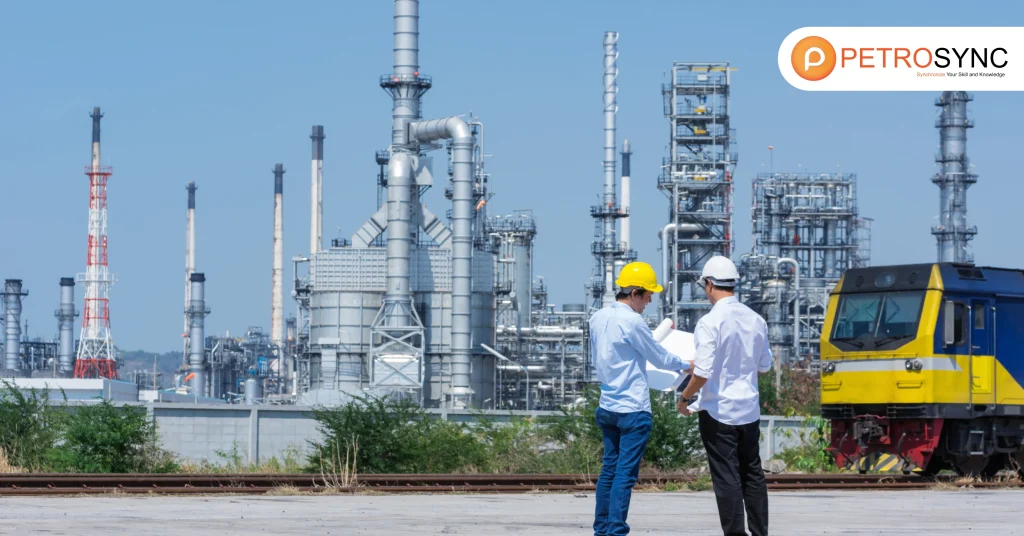
Visual inspection is a technique for detecting defects using the naked eye to ensure equipment is working properly or that manufactured products are being made to specification. This process involves individuals examining objects or systems with their eyes to assess their condition, identify potential issues, or ensure they meet certain standards.
Visual inspections examine items’ appearance to detect defects, ensuring quality control and maintenance across various industries.
What Is General Visual Inspection?
Inspectors routinely perform general visual inspections to identify, locate, and evaluate damage, failures, or anomalies. This type of inspection relies on the naked eye and does not involve specialized tools or instruments. The examination assesses the overall condition, appearance, and functionality of an object or system.
Various industries commonly perform general visual inspections to quickly assess equipment, structures, or products, ensuring they meet standards.
What Is A Visual Inspection Checklist?
|
Visual Inspection Checklist |
| Company/Site Name: |
| Department: |
| Address: |
| Inspector/Assessor: |
| Date of Inspection: |
| ID & Location: |
| Photo/s (as proof): |
| Defect Criteria: |
| Visual Defects Identified: |
| Additional Observations: |
| Signature of Inspector: |
Businesses tailor visual inspection checklists to their needs and the specific asset, equipment, or area being inspected. However, a general checklist may include fields for company/site information, inspection details, criteria for defects, visual defects identified, additional observations, and the signature of the inspector.
The inclusion of photos as proof can also enhance the documentation process. This checklist format ensures a systematic and comprehensive approach to visual inspections.
How Many Types of Visual Inspection Are There?
Visual inspection can be broadly divided into two major types:
1. Direct Visual Inspection (DVI)
This type makes use of the human eye to observe and assess the condition of equipment. It is normally carried out without the use of any specialized tools, though simple items such as magnifying glasses may be used to improve sight. This method is appropriate for easily accessible areas and surfaces.
2. Remote Visual Inspection (RVI)
Technicians use remote visual inspection when accessing a specific region or component is difficult or unsafe. They operate borescopes, fiber optic cameras, and robotic devices to visually investigate hard-to-reach areas. Professionals commonly inspect pipelines, pressure vessels, and other restricted spaces where human entry is impractical or hazardous.
How to Perform a Visual Inspection?
Conducting a visual inspection requires a systematic approach to ensure accuracy and thoroughness. Here’s a step-by-step guide:
1. Preparation
Before beginning the inspection, gather all necessary documents, including previous inspection reports, blueprints, and maintenance records. Understanding the history of the equipment helps in identifying areas that may need closer scrutiny.
2. Lighting and Accessibility
Ensure adequate lighting for proper visibility. For areas that are not well-lit, use portable lights or flashlights. Inaccessible areas may require special tools such as cameras or mirrors.
3. Examine Key Areas
Focus on the critical parts of the system such as welding, joints, and areas under high pressure that are susceptible to wear and corrosion. Check for obvious signs of damage such as cracks, leaks, distortion, or rust.
4. Record Findings
Record all findings carefully. This includes taking photographs, measuring dimensions, and making notes on observable flaws. Accurate documentation is essential for keeping complete records of future inspections and repairs.
5. Reporting
After the inspection, produce a complete report including observations, ideas for improvements or subsequent inspections, and discover safety issues.
How to Improve Visual Inspection?
Even though visual inspection is a straightforward process, there are ways to enhance its effectiveness:
1. Training and Certification
Inspectors must be well-trained and certified according to industry standards. Continued education and training on the latest inspection techniques and technologies can improve the accuracy and reliability of inspections.
2. Advanced Tools
Incorporating advanced tools like drones or robots into the inspection process can enhance accessibility and provide a more detailed view of difficult-to-reach areas. These technologies reduce the need for human entry into hazardous environments, increasing safety
3. Data Integration
Using inspection management software to store and analyze data can improve the efficiency of the inspection process. With digital records, inspectors can easily track trends over time, helping to predict and prevent potential failures.
4. Collaborative Inspection
Involving other professionals, such as engineers or maintenance teams, in the inspection process might provide valuable information. A collaborative approach guarantees that every facet of the equipment’s condition is thoroughly investigated.
To summarize, visual inspection remains an important method for ensuring the safety and efficiency of operations in the oil and gas, and petrochemical industries. With appropriate execution and continual technique improvement, it assists businesses in ensuring the integrity of their assets while minimizing downtime and avoiding costly breakdowns.
Enhance Your Skills with PetroSync’s Industry-Leading Training Programs
For you, aspiring professionals seeking to elevate your expertise in asset management, we highly recommend considering PetroSync’s ISO 55000 training. We offer comprehensive and insightful programs tailored to meet the evolving needs of industries. Our ISO 55000 training is equipped with content, hands-on approach, and practical insights, making it an invaluable resource for you aiming to master the intricacies of asset management.
Enroll in PetroSync’s training to gain practical skills and confidence in navigating complex asset management challenges. Don’t miss the opportunity to enhance your capabilities and propel your career forward—choose PetroSync for a transformative learning experience.

Results-oriented and thorough SEO specialist with extensive experience in conducting keyword research, developing and implementing digital website promotion strategies and plans, managing campaigns to develop company websites in the digital world, excellent knowledge of marketing techniques and principles, and attentive strong attention to detail.



